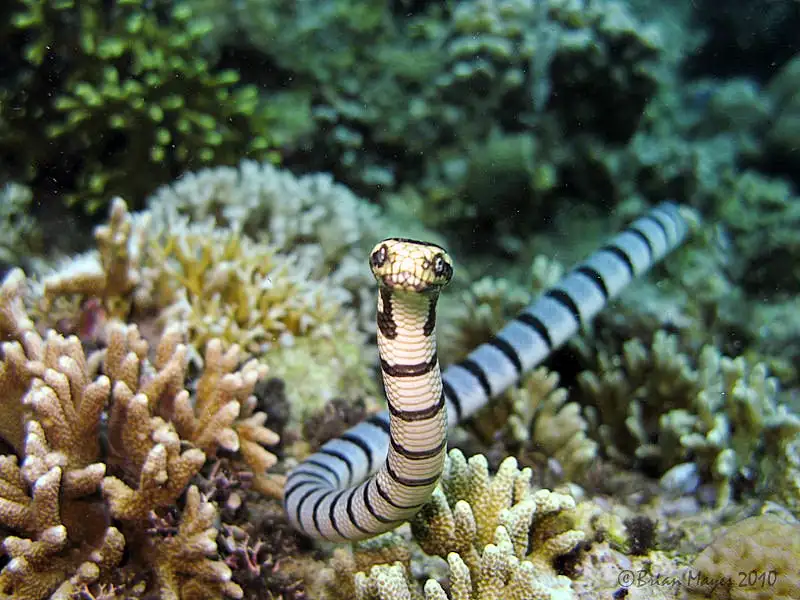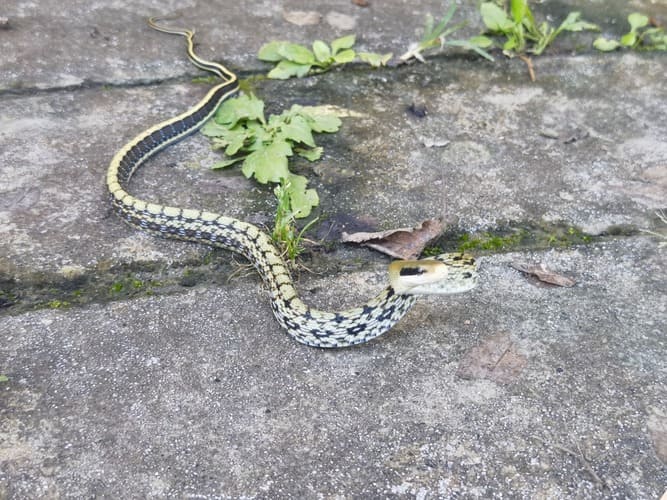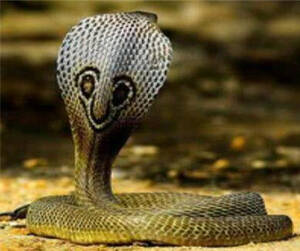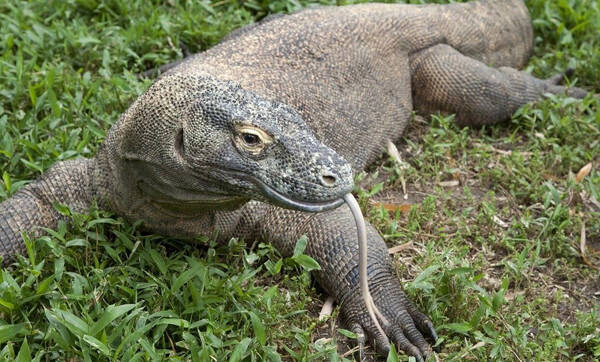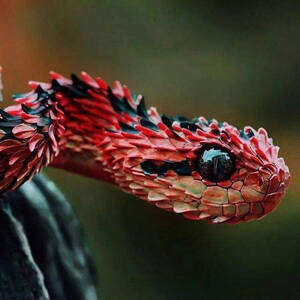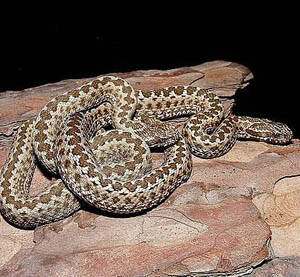Goniurosaurus yingdeensis
IUCN
LCBasic Information
Scientific classification
- name:Goniurosaurus yingdeensis
- Scientific Name:Goniurosaurus yingdeensis,Yingde Leopard Gecko,Eyelid gecko,Goniurosaurus yingdeensis WANG, YANG & CUI
- Outline:Squamata
- Family:Grygotyle C.grygotyle
Vital signs
- length:No verification information
- Weight:No verification information
- lifetime:Lizards like heat and are afraid of cold. They need to bask in the sun frequently, and also need to take a bath and drink water frequently. Lizards live in plains, mountains, trees or water, and need
Feature
Endemic to China
Distribution and Habitat
It lives in the mountainous areas dominated by karst landforms in Yingde City, Guangdong Province, China.
It lives in karst landforms, the ground of tropical rainforests or monsoon forests, and in the cracks or caves of rocks along the banks of streams and rivers.
Appearance
The iris near the pupil of the Yingde gecko is orange-red with complex and clear lines. The juvenile Yingde gecko is orange-yellow, and the color gradually fades as it grows up.
Details
Yingde Leopard Gecko is a species endemic to my country.
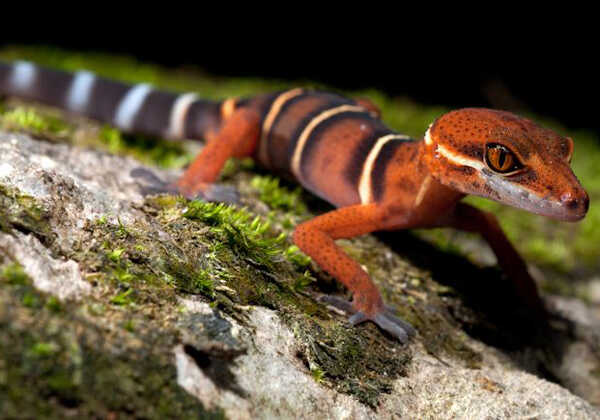
In the stone-covered karst jungle of Yingde City, Guangdong Province, a small gecko-like reptile attracts many reptile enthusiasts and researchers because of its bright surface. This is the "colorful version of the gecko", but in fact, they are two major families in the lizard family. The creature was named "Yingde eyelid gecko" in 2010 and is endemic to my country.
Yingde eyelid geckos are nocturnal and slow-moving, feeding on small invertebrates.
Eyelid geckos are different from geckos in many ways. For example, eyelid geckos have developed and movable upper and lower eyelids (i.e. eyelids), while geckos' eyelids do not move. In addition, geckos have suction cups under their feet, while eyelid geckos do not. Eyelid geckos are not good at climbing, and cannot be compared with geckos that can fly over eaves and walls. They feel like they can turn over at any time if they walk a little faster. Perhaps because they are not agile enough, they usually only move around caves. Twisting their bodies and holding their tails high is their alert posture.
Through long-term investigations, researchers have noticed that the tails of all male Yingde geckos are born later. Based on this, they speculate that male geckos living in the wild may shed their tails very frequently. Further experiments and studies have shown that Yingde geckos shed their skins between April and June every year and reproduce from April to July every year.
The congenital deficiencies of Yingde geckos are particularly prominent. The paper published by Wang Yingyong and others mentioned that the Yingde geckos live in low-altitude areas and near villages, which may make them vulnerable to human activities. The distribution area of Yingde geckos in Guangdong is about 500 square kilometers, and the area of their habitat is less than 100 square kilometers. This determines that it is a species with a high degree of threat and needs to be protected. The reclamation of economic land and the expansion of residential areas have increased the fragmentation of the karst habitat suitable for the survival of geckos, and the area has been shrinking, and the dominance of the forest landscape has decreased.
Another major threat to the Yingde geckos and other geckos comes from the demand for pet breeding by humans. Geckos are cute in appearance, docile in character, and bright in color, which makes them very popular in the pet market. Many precedents show that after a new species is disclosed and described in newly published scientific literature, the population of this species is prone to poaching and capture, especially when the habitat of some species is very small and the environment is very special, it is easier to locate, thus contributing to the illegal trade of wild endangered animals.
Listed in the second level of the "List of National Key Protected Wildlife in China".
Listed as critically endangered in the "Red List of Biodiversity in China".
Protect wild animals and eliminate game.
Maintaining ecological balance is everyone's responsibility!

